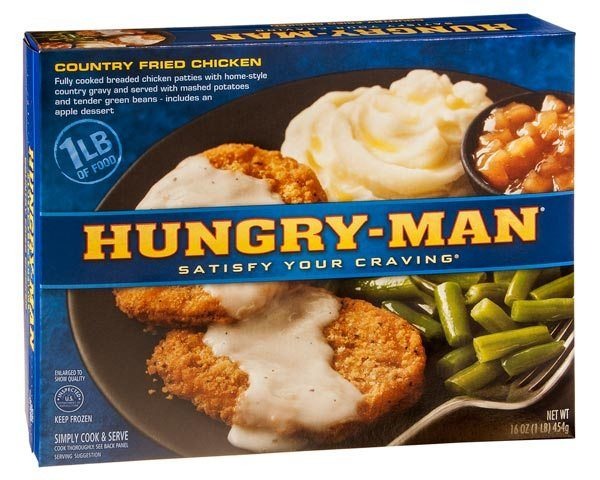The 10 Unhealthiest Frozen Dinners
Frozen dinners are such a part of the American way of life that Smithsonian's National Museum of American History displays one of Swanson's compartmentalized aluminum TV dinner trays in an exhibit. The frozen dinner as we know it today, however, is the result of years of experimentation and ingenuity, and over the years just about all nutritional value has been leached out of them.
Click Here for the The 10 Unhealthiest Frozen Dinners Slideshow
In the 1940s, Maxson Food Systems manufactured frozen meals (dubbed "Strato-Plates") for airplane passengers, to be heated up right on the plane. They had three compartments (meat, vegetable and potatoes), but were never sold in the retail market. In the late 1940s, Frozen Dinners, Inc. (later the Quaker State Food Corporation) sold frozen dinners on aluminum trays; in the Pittsburgh area at first, then moving east. In 1954, the Swanson company appeared on the frozen national food scene and marketed their frozen meals as a "TV dinner" — the phrase we still associate with these quick and easy meals — since at the same time, televisions were becoming commonplace in homes. These quick and easy meals were also timely because in the years following World War II, women were increasingly working outside of the home, yet still largely held responsibility for preparing meals as well. One of Swanson's 1950s ads appealed to convenience with the tag line, "I'm late — but dinner won't be."
And we've never looked back; households are busier than ever, and grocery stores are saturated with choices. Frozen dinners are still convenient and cheap, but if you don't do a little label-checking, that convenience can come at a different sort of price when it comes to your health. Interestingly, it's the Swanson name that produces the biggest offenders in this area. Their Hungry Man dinners lead the list in obliterating recommended daily intakes of sodium, and with boxes bragging about "One Pound of Food," aren't doing you any favors in the calorie and fat areas, either.
Not only are such dinners bad for our health, they're bad for the frozen food industry. Chicago market research firm, SymphonyIRI Group, reported that sales of frozen entrées declined 2 percent in 2012 to $9.2 billion, and it's speculated that some of the reasons are a tough economy, changing eating patterns, and the notion that frozen dinners aren't healthy. Consumers are more health-conscious these days than ever before, and often perceive frozen meals as sub-par, nutritionally. Of course that's not necessarily true, and the frozen food industry is taking steps to get the word out that frozen entrées can be healthy and appealing. But meals like the ones on our list aren't doing much to change perceptions. Here are the 10 frozen dinners to be most wary of next time you find yourself in the frozen food aisle.
